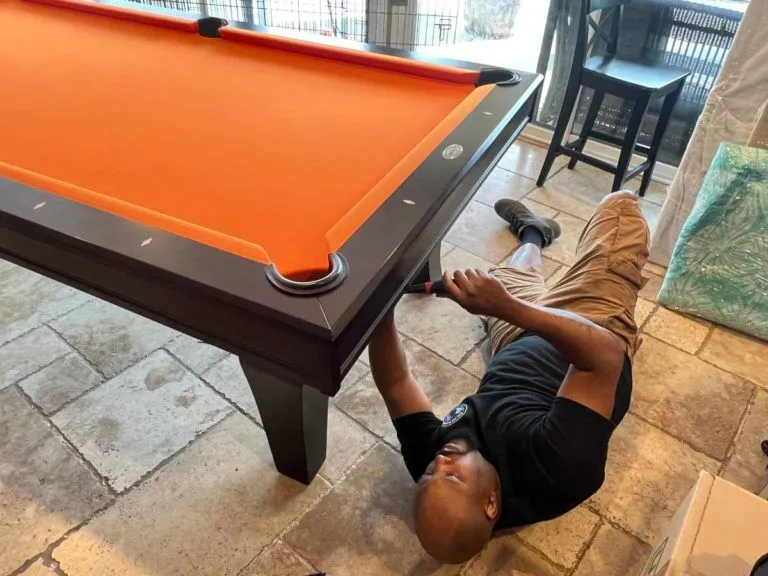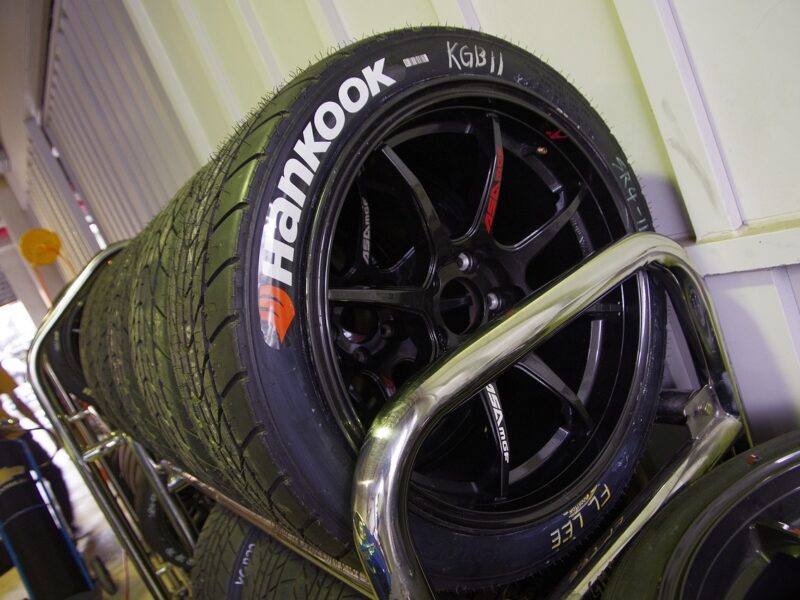
Avoiding Damage While Moving a Pool Table: Keys to Success
When it comes to moving a pool table, it isn’t enough to simply shift the table from Point A to Point B. You want to get it to where it’s going in pristine condition. This is a very achievable goal, but it definitely requires some careful planning. Simply put, the more you plan your move, the less likely it is that you’ll be staring at scratches, scrapes, and dents on your pool table and wondering why you didn’t take the time to make a better plan.
Pool Table moving Guide: The Essential Steps
In truth, moving a pool table always involves some level of risk. These are large and unwieldy pieces of furniture, and moving them is challenging for a professional mover, never mind your average non-professional. So if you decide to press forward and handle the move yourself, remember: preparation is the key, and generous amounts of patience and discipline are also a huge help. This is the best way to mitigate risk and maximize the chances of a trouble-free move. Below we offer a few tips that are certain to help.
Begin preparing for your move well in advance. First, assess the table’s condition and identify any pre-existing damage. This is important, because it reduces the chances that you’ll see an old scratch or dent mid-move and start to freak out, thinking you’ve damaged your table. You want to avoid this, because distractions compromise safety, which is never a good thing when you’re maneuvering an object that weighs hundreds of pounds. Measure both the pool table itself and the new space to ensure compatibility and a proper fit. Don’t rush this, because the slightest mistake can make all the difference between a quick and easy move and disaster. Next, create a checklist to help organize the steps necessary to get the table where it’s going. Again, take your time.
Safeguarding Your Investment
If the planned move is making you feel uneasy, don’t feel the slightest hesitation about hiring professional pool table movers. After all, this is what they do. Spend some time researching reputable moving companies and read customer reviews carefully. Seek out recommendations, and also check credentials and insurance coverage. Don’t pick a name randomly. You want to do everything possible to make sure you’re putting your pool table in the hands of people who have a well-earned reputation as skilled movers.
If you decide to press on yourself, start getting ready to disassemble the table. Gather together the tools and equipment you need. Always follow the manufacturer’s guidelines and consult the user’s manual if you still have it. If you don’t, you can almost always find a digital copy online. Next, label and document all components. Don’t rush this step; the better job you do here, and the clearer your labels and notes, the easier re-assembly will be at the new location.
Wrapping, Padding, and Securing for a Safe Move
Once you’ve got the table down to its most basic elements, begin wrapping and padding those pieces. This minimizes potential scratches and dents during transit. Use specialized moving blankets if you prefer, as these provide additional cushioning and protection. Always secure loose parts. Nothing is worse than spending an afternoon moving a 500-pound pool table and reassembling it in the right spot only to realize key components have gone AWOL.
When loading and unloading, always use correct lifting techniques to minimize strain and avoid injury. Never cut corners, and always use professional moving equipment, including dollies and ramps. (Don’t even consider moving your pool table if you don’t have access to both). Clear all pathways and potential obstacles to ensure a quick and seamless move.
If your pool table is going into a vehicle, make sure the vehicle is capable of handling a big load. Measure everything carefully to avoid nasty surprises. Next, fully-secure the table once it’s inside the vehicle. A giant pool table that’s sliding and shifting is never a good thing, especially if you’re in traffic. Even when it’s fully-secured, drive carefully and defensively. Plan your route. Do everything possible to minimize the potential for sudden stops and sharp turns.
Tips for Storage and Protection
If the pool table is going into storage, make sure the environment is climate-controlled to avoid damage related to shifting temperature and humidity. Cover the table to prevent dust accumulation and scratches. And crucially, monitor the storage facility and check in on a regular basis to make sure that your table is safe and secure.
When it comes to moving and storing high-end pool tables—including antique tables—look into professional crating services. In addition, it’s wise to document the table’s condition thoroughly and to take high-quality photos or even videos for insurance purposes. In some cases, depending on the value of the table, arranging additional insurance coverage is a smart move. This can be a major expense, but there’s no doubt that, in certain circumstances, it’s better to be safe than sorry.
Enhancing Your Pool Table’s Performance
Let’s move on to re-assembly and calibration. As before, look to the manufacturer’s instructions and any other documentation you possess. If you find yourself stuck, don’t hesitate to search online for a potential solution. It’s highly-likely that someone else in the world has found themselves in exactly the same situation and written something about it. Following re-assembly, be sure to level the pool table properly. This is key, after all, to accurate and consistent play. If you feel the need, hire a professional to perform an expert calibration that guarantees optimal performance. In certain cases, this is money well-spent.
After you’ve moved the pool table into place, inspect it carefully for any additional damage, comparing your findings to those from your earlier inspection. Document any new damage and notify both the moving company (if any) and your insurance provider. If professional movers were involved, be sure to contact them to discuss the damage and potential compensation.
Conclusion
In summary, moving a pool table without damaging it is perfectly do-able, but it does require some careful planning. Start by giving the pool table a thorough once-over so you know its condition. Carefully measure the table and its new home to ensure a good fit, then make a detailed moving day checklist. If you’re feeling a bit anxious about your ability to handle the move, don’t hesitate to bring in professionals (but make sure they have a solid reputation!). Follow the manufacturer’s instructions and/or user’s manual when disassembling the table and be sure to label each piece carefully. Wrap the pieces in protective material and carefully store away the smallest items. At all times employ standard lifting techniques and moving equipment and clear all pathways thoroughly. Select a moving vehicle that can handle the job, secure the table inside, and drive using the utmost care and attention. If the table is going into storage, make sure it’s protected and that the storage service is reputable. If your pool table happens to be especially valuable, consider a professional crating service, take photos, and consider taking out additional insurance. Finally, when re-assembling the table, do as before: follow the manufacturer’s instructions. After re-assembly, ensure that the surface of the table is perfectly level. Inspect the table carefully for any new damage, and take appropriate steps if any is found.
Moving a pool table is never easy, but these steps can help ensure that your table remains in pristine condition no matter how far it’s traveling. Remember: by planning ahead, staying organized, and taking all necessary precautions, it’s possible to preserve the condition of your pool table and maximize the enjoyment it provides for years to come!






